
Many people forget about the color gray. It’s not bright and fun like the colors of the rainbow, and it’s more plain than black or white. However, it’s a neutral hue that pairs well with almost every other color, so it deserves more credit than it often receives.
Even though some people perceive gray as “boring,” there are plenty of fascinating facts about it. As you’ll soon discover, there’s a lot more to this simple hue than meets the eye.
1. Gray and Grey Are Both Correct Spellings

If you’ve ever hesitated between writing “gray” or “grey,” you’re not alone. These two spellings are often used interchangeably, causing confusion about which is the correct one. The reality is that both are grammatically correct spellings for a color that’s a mix of black and white. However, each one is popular in different locations.
In American English, “gray” is the more popular of the two spellings, whereas in other places, such as the UK and Canada, “grey” is preferred. Even so, “grey” is often used in brand names and titles, such as Grey’s Anatomy, even when those names originated in the United States. For animal species, such as the gray wolf, the spelling of gray tends to vary by region.
2. Gray Was Associated with Poverty in Ancient Times

Throughout history, a person’s clothing color often revealed a great deal about their social status. Gray was a color commonly associated with the lower class, especially from antiquity through the Middle Ages. During that time, gray wool clothing was commonly worn. People who couldn’t afford colorful clothes would have plain gray outfits because that was the color of the wool when it wasn’t dyed.
This led to gray being given a bad reputation. It was associated with poverty and depressing work. Some groups, such as Cistercian monks and certain friars, wore gray on purpose to symbolize their chosen life of minimalism. While gray is still a simple color today, it’s no longer viewed as negatively as it once was, because it’s now used for a wide range of things, including expensive technology, rather than just inexpensive clothing.
3. Hair Turning Gray Is the Result of Losing Pigment
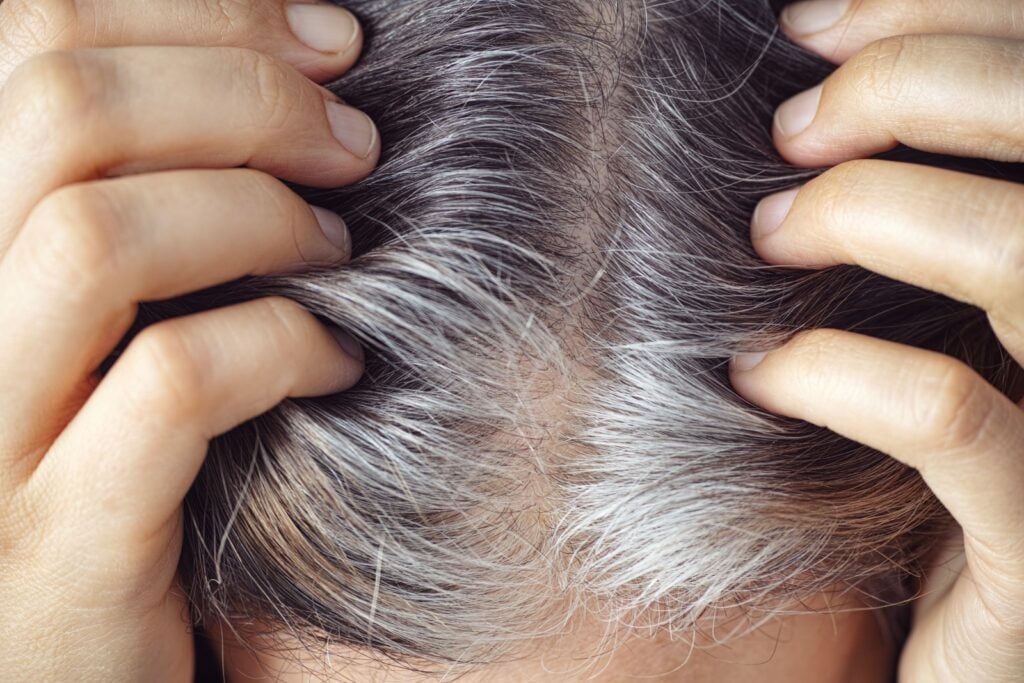
As humans and animals age, their hair begins to turn gray. The reason hair changes to this neutral hue is that hair follicles create less melanin over time, which is the natural pigment found in hair. There’s a gradual decline in the number of stem cells that become melanin-producing cells, which is why hair becomes grayer (and even white) as people get older.
Stress can cause people to start going gray earlier than normal because it can harm the pigments that produce hair color. Gray hair is a normal part of the aging process and is just a change in appearance. However, many people dislike the look of it, which is why dying gray hair is so common.
4. Gray Eyes Exist but Are Very Rare
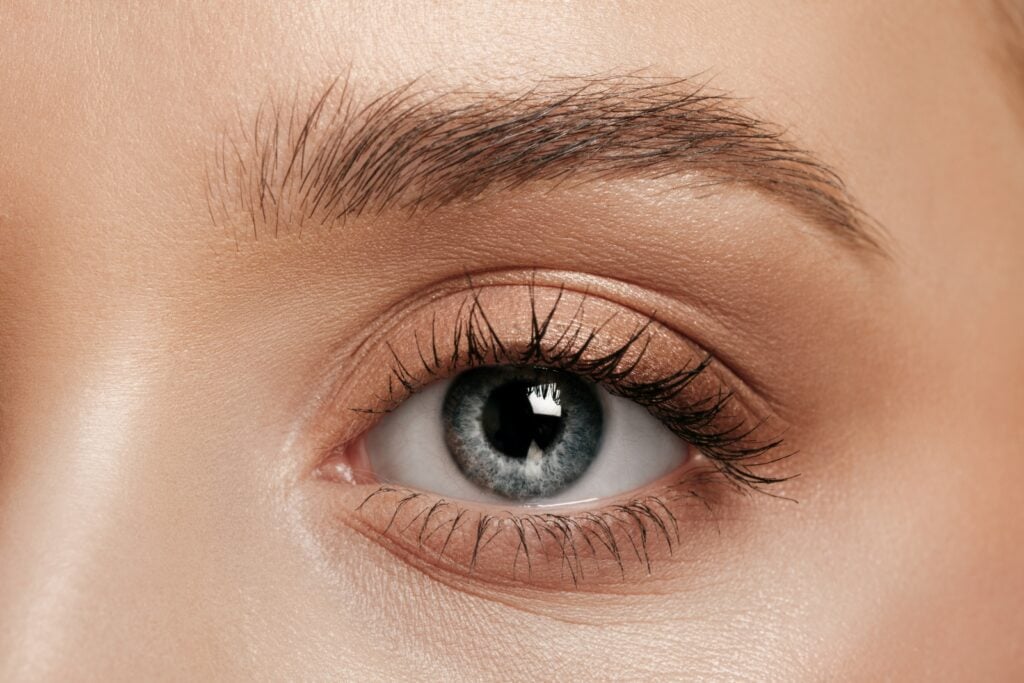
Most people in the world have brown eyes. Yet, colors like blue, hazel, amber, and green are also seen regularly, depending on where you live. Gray is an eye color that you might not have heard of, and it’s less common than all the colors mentioned above. About 2% of the population has green eyes, but less than 1% have gray ones.
Gray eyes are a genetic variation that’s caused by having very little melanin. While the eyes are described as gray, they may appear pale blue under certain lighting conditions. This unique eye color appears most commonly in areas of northern and eastern Europe. The only eye colors as rare as gray are heterochromia (two different eye colors) and red or violet hues, which are often linked to albinism.
5. Gray Is One of the Only Shades Newborn Babies Can See
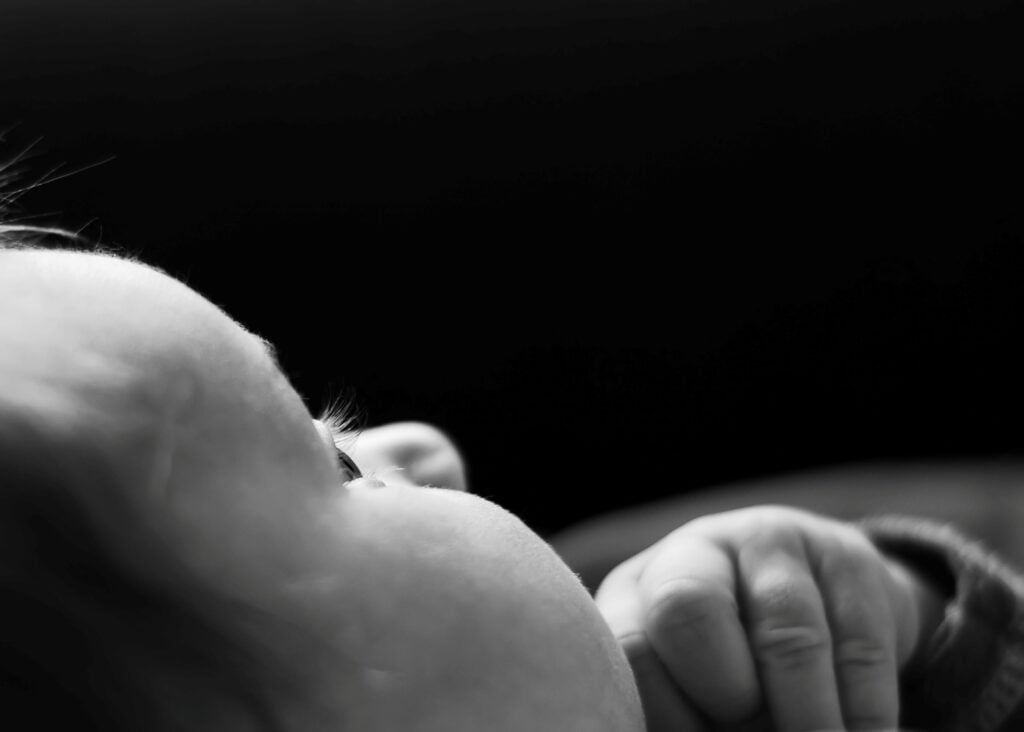
When babies are born, they can’t see colors. They can only see white, black, and shades of gray. So, they can distinguish between light and dark colors, but colors that are a similar tone might look identical to them. It’s a good idea to decorate a baby’s nursery with high-contrast colors and patterns so they can enjoy the design before they get color vision.
At around two months old, babies can see red in addition to white, black, and gray. They slowly start to see more colors over time, and their color vision doesn’t fully develop until around five months old. Even then, their color vision won’t be as precise as an adult’s, but they’ll finally be able to appreciate all the vibrant hues around them.
6. Very Few People Choose Gray as a Favorite Color
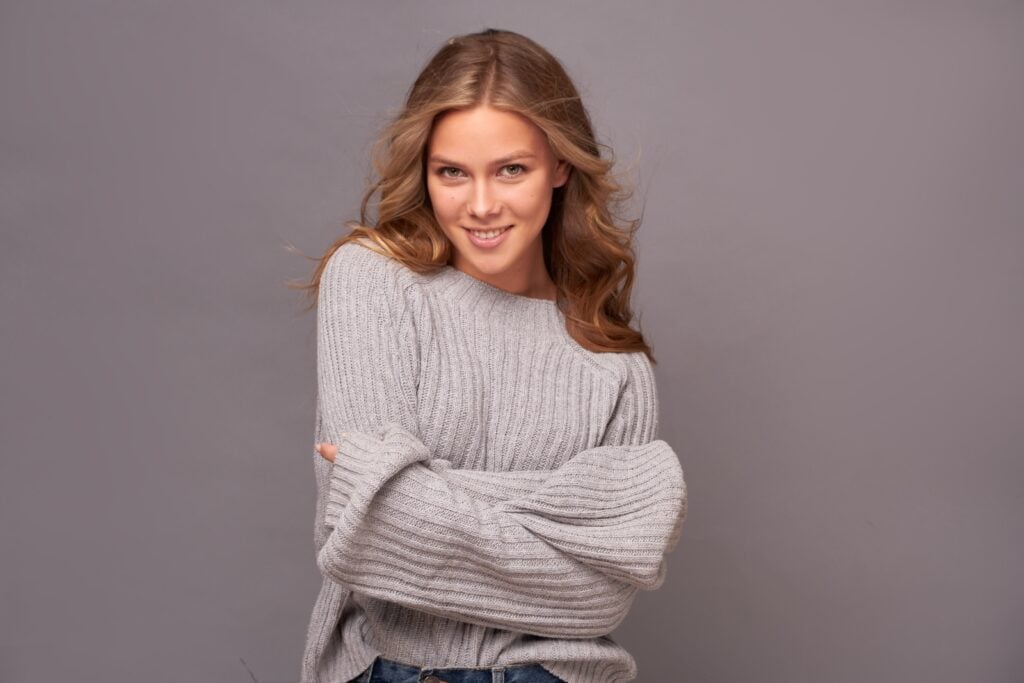
Almost everyone has a favorite color, but it’s usually something fun and vibrant, such as blue, green, purple, or red. Since many people overlook the color gray, it’s rarely chosen as a favorite color. While the results of favorite color surveys vary, gray is consistently one of the bottom colors, with only 1% to 3% of people choosing it. White and brown typically fall near the bottom as well.
When asked about their least favorite color, many people choose gray for that as well. However, orange and brown seem to be the most disliked colors, and yellow and purple are often ranked close to gray. Of course, these answers are subjective, but even if people like the color gray, neutrals are rarely considered their favorite colors.
7. Too Much Gray in a Room Can Lead to Sadness

Gray is a popular color in interior design because it’s simple, neutral, and goes with many other colors. It can calm, stabilize, and soothe people. However, like most colors, gray is best when used in moderation. If a room design has too much gray, it could do more harm than good. Too much gray can lead to feelings of sadness, indecisiveness, and a lack of emotional expression.
To avoid the negative effects of gray, make sure you break up large amounts of gray with other colors. If the wall is gray, ensure that there are a variety of furniture items and decorations in different colors in front of it. These colors could include other neutrals, such as white or brown, and/or vibrant colors like blue, purple, or yellow. By incorporating a balance of multiple colors in a space, you can experience the positive effects of each color rather than the negative ones.
8. “Gray Area” Comes from the Color’s Association with Ambiguity

A common phrase referencing this color is “gray area.” The gray area refers to things that are unclear or undefined. This is because when someone uses the phrase “it’s black and white,” it implies that the situation is clear-cut, with right and wrong being easily discernible. Since gray is a mix of white and black, it can be challenging to determine whether it leans more toward black or white. So, a gray area can be any situation where things aren’t as obvious. The phrase has been popular since the mid-1900s.
9. Part of the Brain Is Called Gray Matter
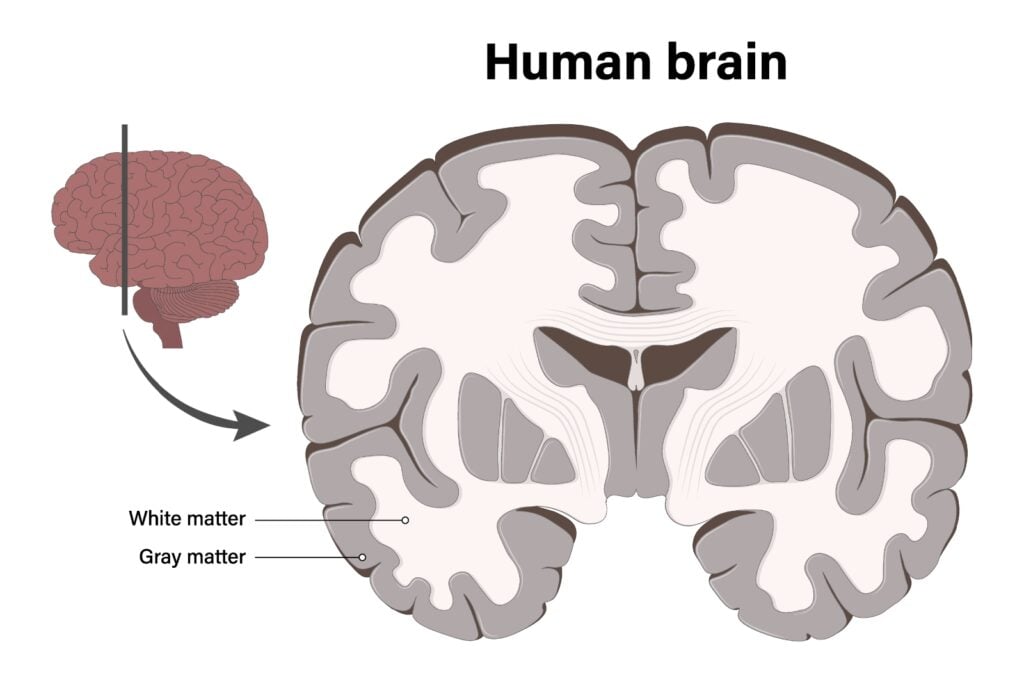
“Gray matter” is a term used to describe tissue in the brain and spinal cord. This tissue is actually gray, sometimes with hints of yellow or pink. It’s found in the outermost layer of the brain and also in deeper regions. It’s made up of neuronal bodies, axon terminals, and dendrites. These features make gray matter essential to our everyday functioning.
The gray matter in our brains helps with a wide range of processing tasks, including perception, sensation, voluntary movement, learning, and speech. The brain also contains white matter, which unsurprisingly appears white. Besides color, white matter differs from gray matter because it lets gray matter communicate with different parts of the body. If the nerve cells in gray matter die, such as the result of a traumatic brain injury or Alzheimer’s disease, it can lead to memory loss and cognitive decline.
10. Many Animals Are Gray to Help Them Camouflage Year-Round
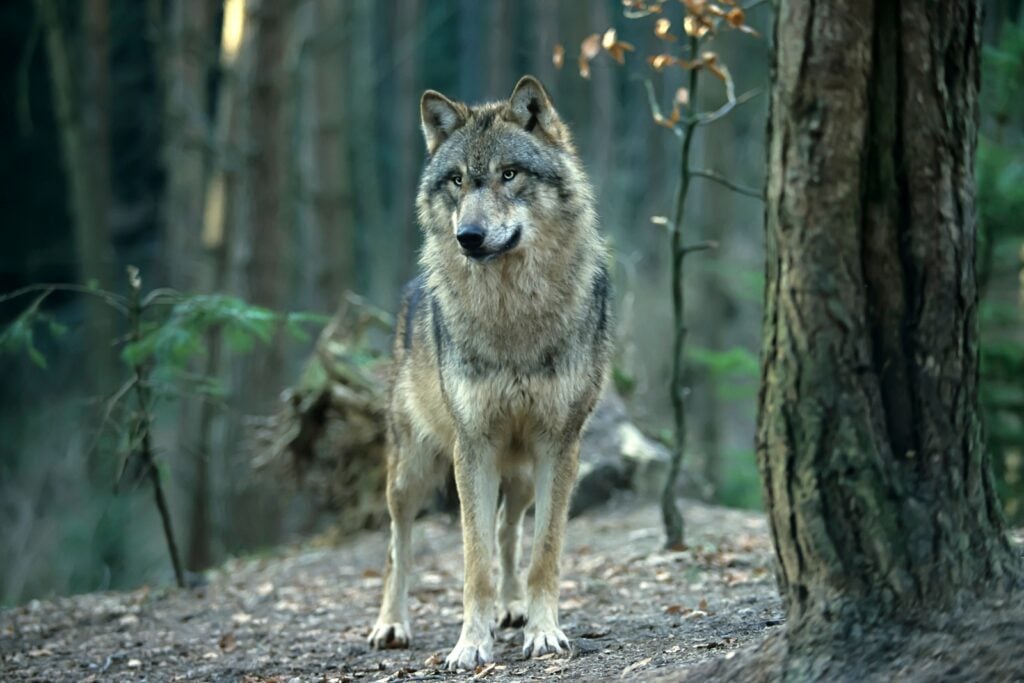
Gray animals are very common in the natural world. This includes all types of animals, from mammals to birds to fish. For many animals, gray coloring provides a great form of camouflage. Gray doesn’t stand out much on any background, whether it’s grass, stone, dirt, water, or snow. This is ideal for prey animals trying to hide and predators trying to stalk prey without being spotted. While colorful animals are definitely more interesting to most humans, gray is an important color in the animal kingdom.
11. Adding Gray to a Paint Color Tones It Down
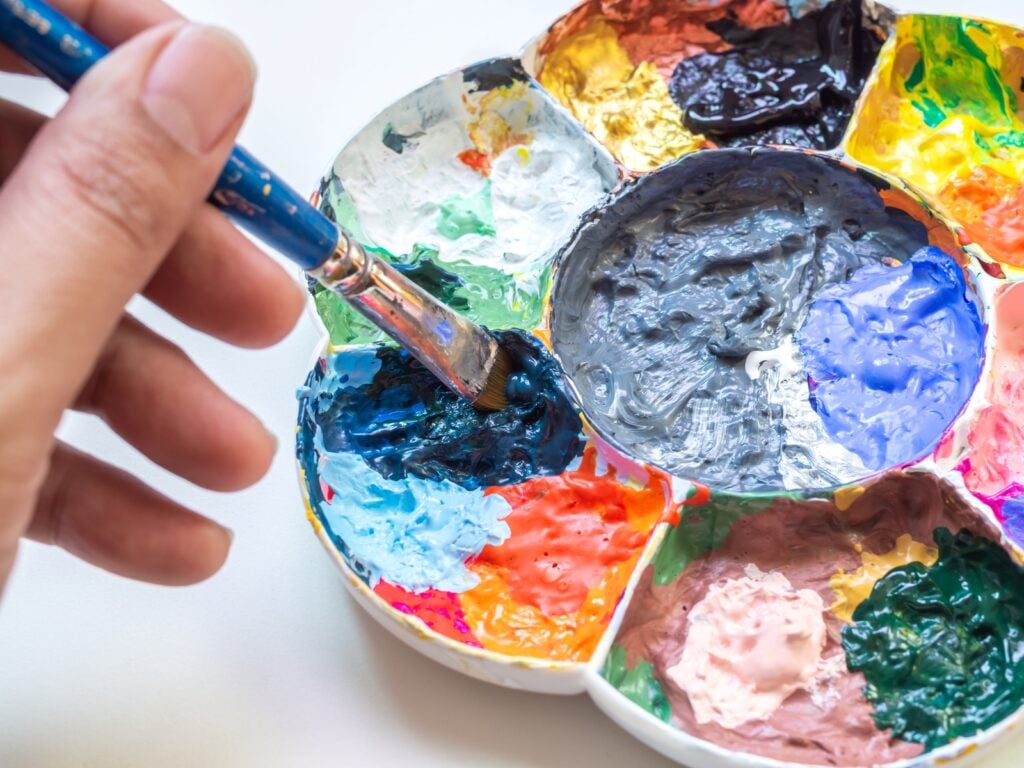
When you add a touch of black to a color, it becomes darker (known as a shade). If you add white to a color, it becomes lighter (known as a tint). When you add gray (or both black and white), you create a unique color called a tone. Adding gray to a color reduces its intensity. Using tones of vibrant hues is a great way to make a colorful painting easier on the eyes.
Many of the colors we see are toned-down versions of pure colors. If we were only surrounded by highly saturated colors, it would be blinding. So, while gray might seem boring on its own, it’s essential for creating colors that are visually pleasing.







